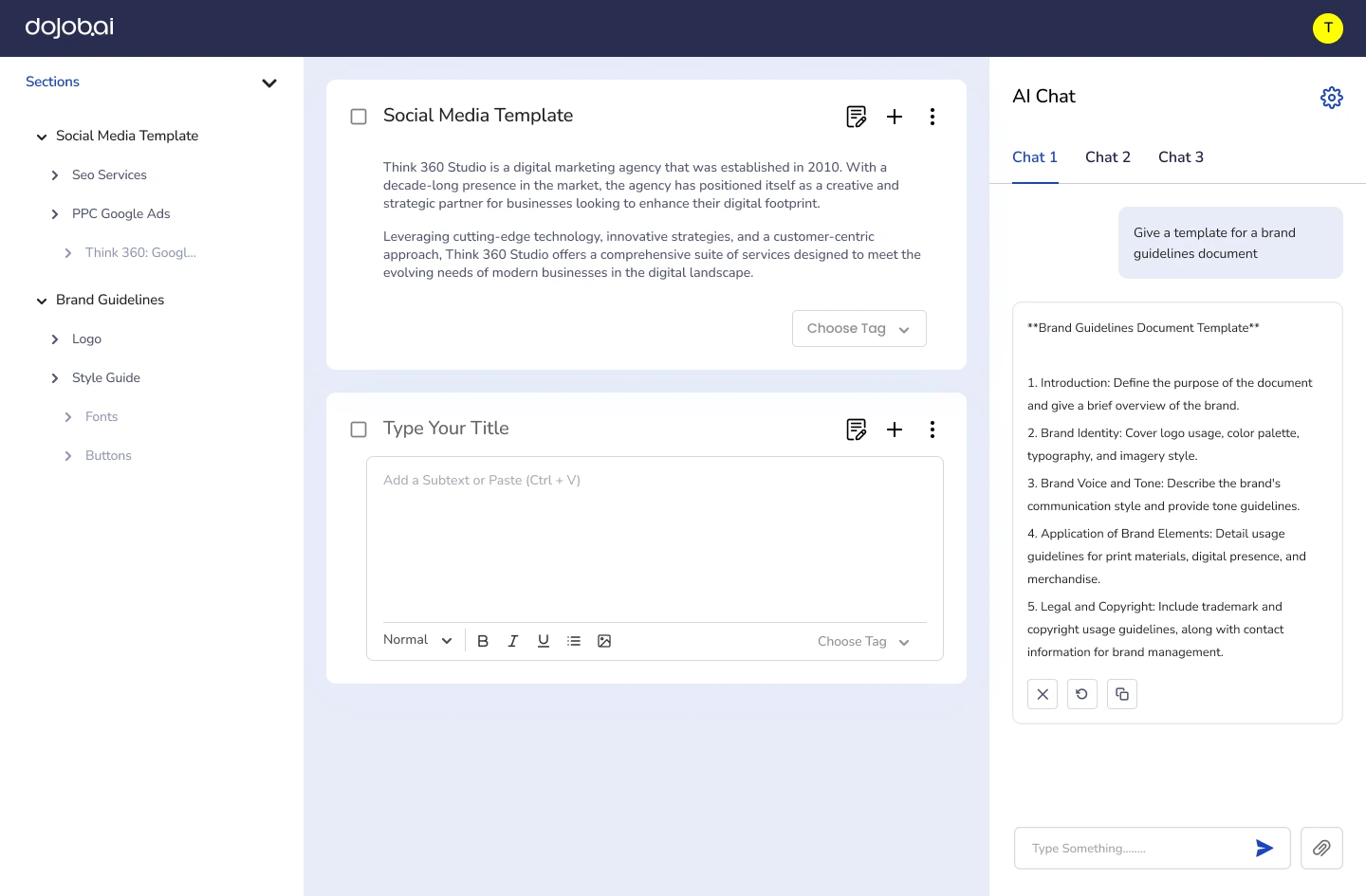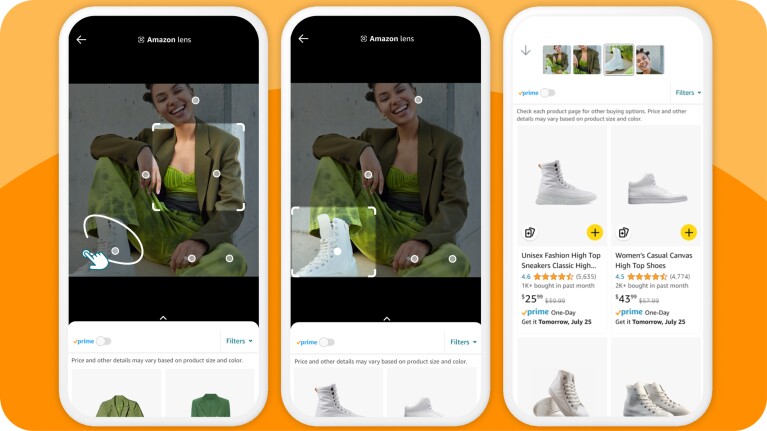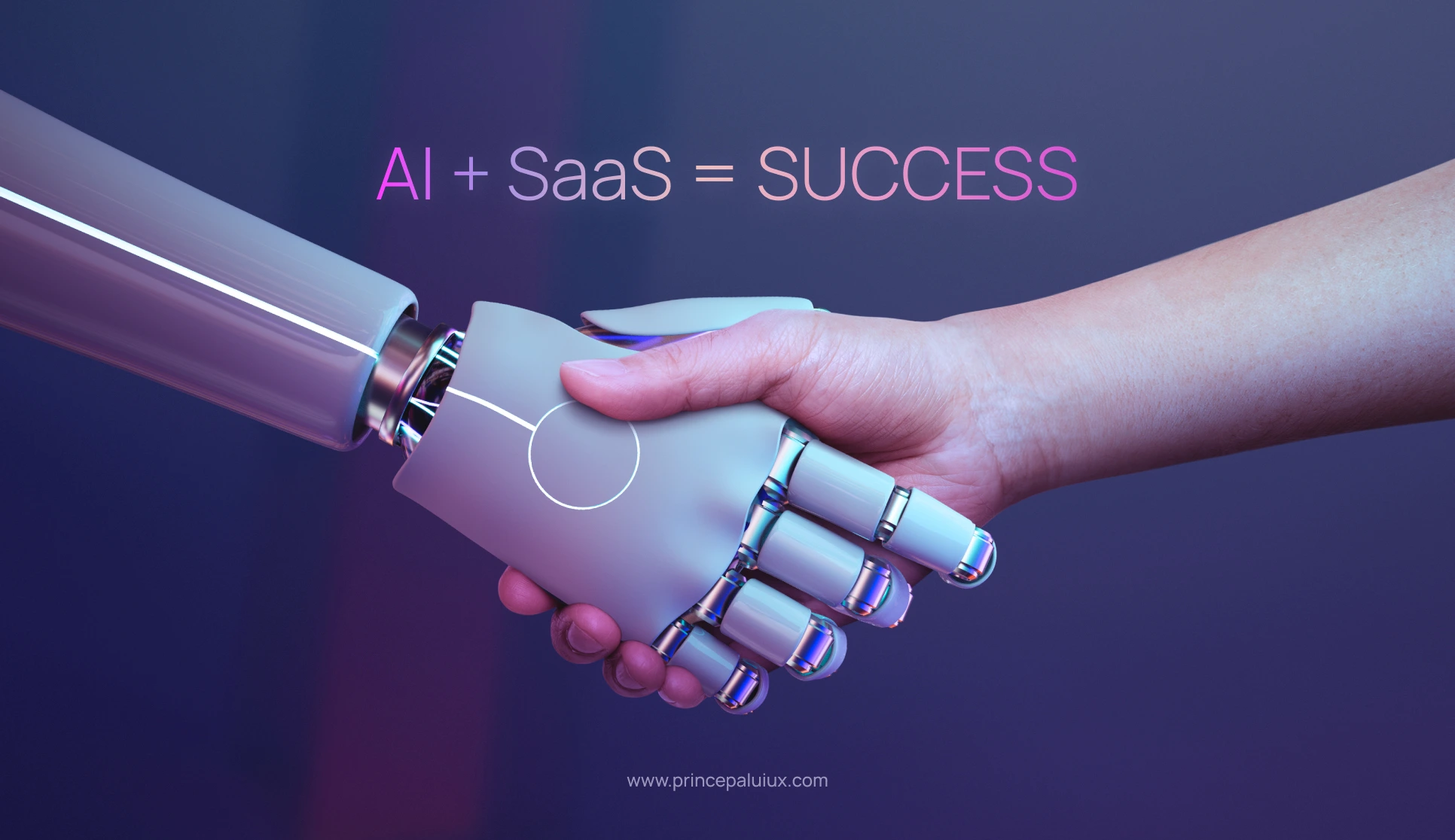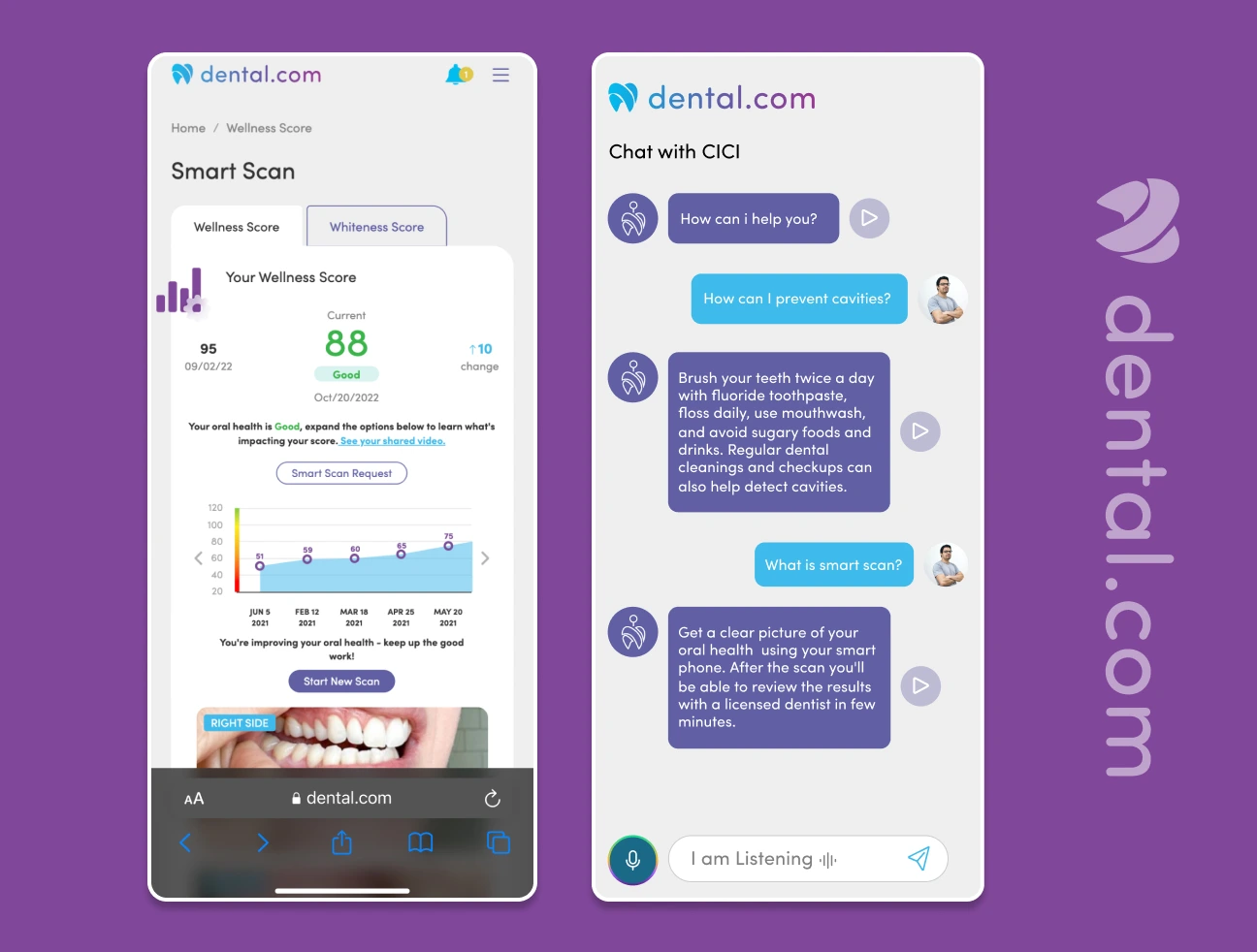Discover how AI models transform SaaS product experiences, boosting user engagement, personalization, and retention for long-term success. Get a firsthand look at how I seamlessly integrated cutting-edge AI models to elevate user experiences and performance in my previous SaaS projects.
An Al model is a specialized computer program that learns from data, identifies patterns, and makes decisions or predictions.
Unlike traditional programs that follow strict rules, Al models operate independently and adapt over time.
This adaptability allows them to perform tasks that typically require human intelligence.
How does AI make Neutral Networks work?
For instance, many images of faces labeled as belonging to a particular person are shown to the model, and that person is tagged on all the images so that the model can learn that person’s face.
All Al models can work upfront in software, fixing spelling errors, suggesting solutions, creating images or videos, or doing behind-the-scenes tasks, simplifying tasks, and keeping you safe.
It detects fraud in banking, aids doctors in diagnosing diseases, and personalizes ads.
Different divisions of AI systems work with varying levels of learning algorithms, but all AI systems go through the same three primary model learning phases:
1. Training
This forms the core or base of any AI model. The model is trained in this plane, having received some provided data. After repeatedly being shown this data, the model recognizes it faster each time.
Over time, the algorithms that make up the different models are adjusted to determine whether there is a strong correlation between the training data and the words fed to the model.
2. Validation
This phase begins only if the model can obtain an acceptable level of accuracy. At this phase, validation is conducted, where a new group of data is taken and fed to the model to establish whether that model can overfit.
3. Testing
The most crucial phase of any model learning is testing. Simple models, most of which are neural networks hidden behind a lot of back-end coding, are easy to program, but the challenge and most difficult phase comes when a model has to run.
At this junction, most people working with complex AIs sometimes lose confidence and get very anxious.
Types of AI learning Based on the various phases of training AI models, three distinct methodologies are utilized by the various AI-based models: supervised learning, Reinforcement learning, and Unsupervised Learning.
Types of AI Models
AI models are categorized based on their design, functionality, and the tasks they are optimized for. Understanding these types helps us see how AI systems are tailored to solve diverse real-world challenges. Here’s a breakdown of the primary types of AI models:
1. Machine Learning Models
These statistical algorithms enable systems to learn patterns from data without explicit programming. Machine learning models are further divided into:
a. Supervised Learning Models
- Definition: Trained on labeled data where input-output pairs are explicitly defined.
- Examples:
- Linear Regression: Predicting house prices based on size, location, etc.
- Classification Models: Spam detection in emails.
- Use Cases: Fraud detection, medical diagnosis, customer segmentation.
🤖 Integrated Supervised Learning Model
Created AI-powered dental assessments for Dental.com
Through my UI/UX design expertise, user research, and Figma prototyping, I created a seamless digital journey that empowers users to effortlessly access personalized dental insights.
How It Works
1️⃣ Upload a Photo: Snap a clear picture of your teeth using your smartphone.
2️⃣ AI Scan: Our advanced AI analyzes your oral health in seconds, identifying potential issues.
3️⃣ Expert Review: Consult a licensed dentist to review your results and discuss personalized care options.
Deliverables
- Comprehensive User Research: Conducted deep-dive research to understand user needs and pain points, ensuring the design was intuitive and patient-centric.
- Innovative Figma Prototypes: Developed interactive, high-fidelity prototypes to visualize the AI workflow and enable client and stakeholder feedback.
- User-Friendly Interfaces: Designed a clean, accessible UI for uploading oral images, viewing AI scans, and scheduling dentist consultations.
- AI Integration: Mapped the user journey to highlight AI’s role, ensuring transparency and trust in the assessment process.
This project showcases my ability to merge AI technology with human-centered design and reflects my commitment to delivering scalable, intuitive, and visually appealing solutions for healthcare innovation.
b. Unsupervised Learning Models
- Definition: Work on unlabeled data, finding hidden patterns or groupings.
- Examples:
- Clustering Algorithms (e.g., K-means): Grouping customers based on purchasing behavior.
- Dimensionality Reduction Models (e.g., PCA): Simplifying complex datasets.
- Use Cases: Market basket analysis, anomaly detection, recommendation systems.
c. Reinforcement Learning Models
- Definition: Learn by interacting with an environment and receiving feedback through rewards or penalties.
- Examples:
- Q-Learning: Teaching a robot to navigate a maze.
- Deep Reinforcement Learning (e.g., AlphaGo): Advanced gaming strategies.
- Use Cases: Autonomous vehicles, robotics, personalized recommendations.
2. Natural Language Processing (NLP) Models
NLP models focus on understanding, generating, and processing human language.
- Examples:
- Transformers (e.g., GPT, BERT): Used in chatbots, summarization, and text generation.
- Sentiment Analysis Models: Assessing emotions in user reviews.
- Use Cases: Language translation (Google Translate), chatbots (ChatGPT), and content moderation.

Delivered a Seamless User Experience for DoJob.ai
DoJob.ai puts AI to work for you! Its intelligent NLP-powered agents co-think with users to streamline tasks and enhance productivity:
- Create a Knowledge Base: Users can build a repository of business-specific data to empower the AI.
- Select Pre-Built Workflows: Flexible workflows adapt to users’ needs, offering real-time tailored solutions.
- AI Co-Thinking: DoJob’s AI agents collaborate with users, helping them achieve goals faster and wiser.
UI/UX Deliverables
- User Research & Personas: Conducted extensive research to identify user pain points, enabling the creation of an intuitive interface that resonates with professional users.
- Dynamic UI Design: Designed a sleek, vibrant UI that aligns with the innovative essence of DoJob.ai, ensuring a polished and modern look across all workflows.
- NLP Workflow Integration: Collaborated closely with developers to ensure seamless integration of NLP capabilities, visually and functionally emphasizing the AI’s co-thinking abilities.
- Design System: Delivered a scalable design system in Figma, ensuring consistency and efficiency for future iterations.
- Color Psychology: Crafted a sophisticated color palette to enhance usability, ensuring accessibility while reflecting the platform’s professional and innovative spirit.
By blending cutting-edge AI technology with human-centered design principles, I helped DoJob.ai redefine productivity for modern professionals. This project demonstrates my ability to create functional, visually compelling, and forward-thinking solutions tailored to emerging technologies.
3. Computer Vision Models
These models process and analyze visual data such as images or videos.
- Examples:
- Convolutional Neural Networks (CNNs): Detecting objects in images.
- YOLO (You Only Look Once): Real-time object detection.
- Use Cases: Facial recognition (Face ID), medical imaging (tumor detection), and autonomous driving (Tesla’s vision system).

Case Study: Redefining E-Commerce with Computer Vision for Vuugle.tv
I had the opportunity to design a game-changing experience for Vuugle.tv, a platform that seamlessly integrates Computer Vision models to enhance e-commerce journeys. My contributions spanned the entire design process, from research and user persona creation to crafting design systems for desktop and mobile apps. I also delivered detailed wireframes and intuitive UIs tailored for various user roles—customers, vendors, and admins.
How Vuugle.tv Works:
- 1️⃣ Capture Product: Users point their phone at a product and capture it using the app.
- 2️⃣ Product Detection: The app’s advanced Computer Vision identifies the product via a cloud library and connects users to the vendor.
- 3️⃣ Buy or Save: Users can purchase the product immediately or add it to their wish list for later.
Deliverables
- Scalable Design System: Built a robust design system to streamline future updates and maintain consistency.
- In-Depth User Research: Identified unique needs for each user role, ensuring an intuitive experience for customers, merchants, and admins.
- Detailed Personas: Developed personas that informed decisions for designing user-specific flows.
- Cross-Platform Design: Crafted consistent, responsive designs for mobile and web, ensuring accessibility and ease of use across devices.
- Interactive UIs: Designed clean, user-friendly interfaces to simplify product capturing, detection, and purchasing.
4. Generative Models
Generative AI models create new data that mimics existing data.
- Examples:
- Generative Adversarial Networks (GANs): AI-generated art, synthetic image creation.
- Variational Autoencoders (VAEs): Generating new samples for complex data distributions.
- DALL·E: Creating images from text descriptions.
- Use Cases: AI art, video game asset creation, content generation.
5. Predictive Analytics Models
These models analyze historical data to forecast future trends or outcomes.
- Examples:
- Time Series Models (e.g., ARIMA, LSTMs): Predicting stock prices or weather.
- Decision Trees: Making predictions based on hierarchical conditions.
- Use Cases: Demand forecasting, risk assessment, supply chain optimization.
6. Speech Recognition and Synthesis Models
These models convert spoken language into text or vice versa.
- Examples:
- Speech-to-Text Models (e.g., Whisper): Real-time transcription.
- Text-to-Speech Models: Virtual assistants like Siri or Alexa.
- Use Cases: Voice-controlled devices, accessibility tools, real-time language translation.
7. Recommendation Models
Recommendation models analyze user preferences and behaviors to suggest relevant content or products.
- Examples:
- Collaborative Filtering: Netflix suggests shows based on your watch history.
- Content-Based Filtering: Amazon recommends products similar to what you’ve viewed.
- Use Cases: E-commerce, streaming services, personalized marketing.
8. Autonomous Systems Models
These models enable systems to operate independently in dynamic environments.
- Examples:
- Path Planning Algorithms: Used in drones and robots.
- Multi-Agent Systems: Coordination between multiple AI agents (e.g., fleet management).
- Use Cases: Self-driving cars, warehouse automation, robotics.
9. Hybrid Models
These models combine multiple AI techniques to achieve advanced functionality.
- Examples:
- AI in Healthcare: Combining NLP (for processing patient records) and Computer Vision (for analyzing medical scans).
- AI in Autonomous Driving: Integrating Computer Vision, Predictive Analytics, and Reinforcement Learning.
- Use Cases: Complex systems requiring multi-modal capabilities, such as smart cities.
Final Note
As a SaaS UI/UX designer, you integrate these AI capabilities into the application while balancing automation and user control. By leveraging these AI models thoughtfully, you can create engaging, efficient, and future-proof applications tailored to user needs.

Turn AI into a SaaS business advantage with me.
Through research and collaborative workshops, I find integration opportunities and create user-friendly interfaces, ensuring seamless interaction with AI.
You will get
AI-focused workshops
Pixel-perfect UI design
User-centered AI solutions
Robust Design System
Seamless UX for AI products
Smooth Design Handoff

